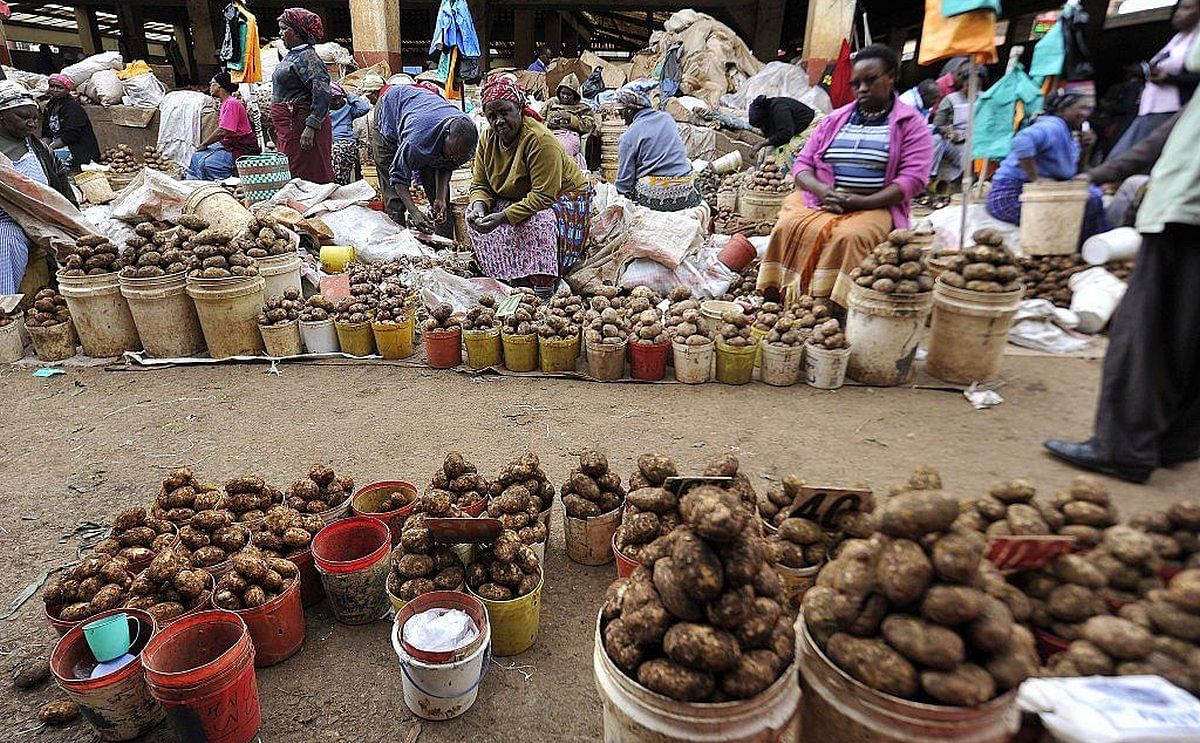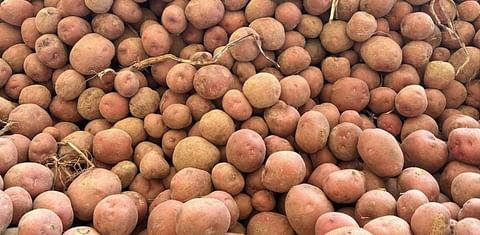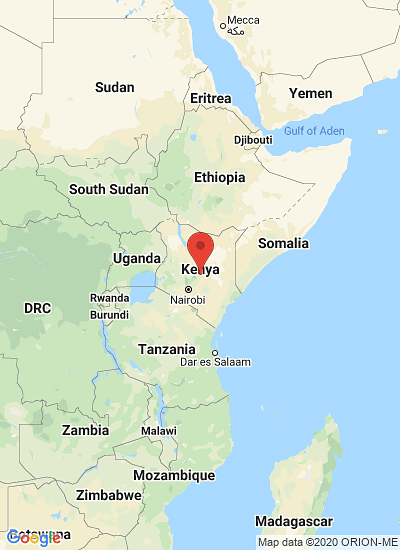Dealing with Potato Cyst nematodes in East Africa
Dealing with Potato Cyst nematodes in East Africa

Demand for potatoes in eastern Africa has been growing steadily , achieving an annual growth of 3.1% between 1993 and 2020. This growth is driven in part by rising demand from the fast food industry and for processing into high value products such as crisps, chips and starch.
Despite an increase of 60% in the area of cultivated land, production has been declining from an average of 20 tonnes a hectare to around 9.1 in Rwanda, 8.6 in Kenya and 4.3 in Uganda. This is way below the potential production of 40 tonnes a hectare. Farmers are thus being denied much-needed income and food.
The factors contributing to the low and declining yields include losses due to attack by a range of pests and diseases. A second main reason is the repeated cropping of potato on the same land without rotation. Third is the use of poor quality or substandard seed, partly due to limited availability of certified high quality seed.
Potato cyst nematodes are the most recent pest threat to emerge in the region. These are parasitic worms that are microscopic, and therefore invisible to the farmer. They infect potato roots, suppressing crop growth and can cause huge yield losses of up to 80%, and even total crop failure.
Globodera rostochiensis and Globodera pallida, both found in East Africa, are among the most important pests of potatoes globally. They are particularly lethal because the hundreds of eggs produced by the female nematode can remain dormant in the soil for years, awaiting the next potato crop host. The eggs remain protected in a hardened, protective cyst long after the nematodes die.
Chemical signals from newly planted potato roots trigger the eggs to hatch and start the life cycle again. Some of our current research is focused on disrupting this life cycle. When the newly hatched juvenile nematode leaves its protective cyst it is guided to the potato root by different chemical signals emitted from the roots.
High levels of infection lead to thousands upon thousands of nematodes infecting each potato plant. They are therefore a difficult pest to control. Finding new ways to control them is a challenge, but a challenge we have strongly embraced, across collaborating institutes. We are working on a number of potential avenues, including the assessment of new resistant varieties, alternative trap crop hosts and interfering with the chemical signals between potato roots and the pests.
Identifying these chemicals and synthetically producing them may offer possibilities for manipulating nematode hatch and host location. This includes working out when they are most vulnerable.
Trick the nematodes
Originating from South America, where potatoes also come from, potato cyst nematodes have spread across many potato growing regions of the world. Following the detection of Globodera rostochiensis in Kenya in 2015, we together with numerous institutional partners set out to determine the true extent of its occurrence in the country. This was the first step towards developing control efforts.
We established that the pest is widely distributed across Kenya. In some places there were extremely high levels of up to 985 cysts in 200 grammes of soil. We found that it is also present in neighbouring Uganda . Colleagues in Rwanda have also detected these nematode pests there.
Given the complex nature of cyst nematode biology and that the eggs are protected by the cyst, targeting the nematode during the hatching and just before it invades host roots, stands out as the most vulnerable life stage to target for their management.
We therefore set out to assess the potato root chemicals that signal the nematodes to hatch, with the aim of identifying those that could possibly be used to stimulate them to hatch . The idea would be to trick the nematodes into 'suicidal hatch' as a new innovative approach to control them.
If used in farmers' fields before potatoes are planted, they will 'think' that potato plants are present and hatch. But then the nematodes have no roots to feed on and therefore starve and die – hence the 'suicide hatch'.
Our study identified several classes of chemicals present in potato roots. Some of these demonstrated a striking ability to stimulate hatch. We also found that some chemicals may stimulate hatch but in order for the hatched juveniles to locate potato roots, they need additional chemical cues. Without them they remain in the cyst and consequently starve.
Some chemicals therefore offer promise to induce 'suicide hatch', which can be used to treat fields before planting potatoes. At the International Centre of Insect Physiology and Ecology we are also assessing some non-host plants to see if they produce these chemical compounds. These could then be incorporated in a crop rotation system offering an environmentally benign management method.
New suitable varieties
Similar to other plant parasitic nematodes, potato cyst nematodes are often overlooked due to a lack of clear symptoms and low levels of awareness. There is therefore a need to create more awareness among farmers so they understand the pest and know how to deal with the problem. Measures include the use of healthy, disease-free seed and crop rotation to reduce the build-up of the pests.
One effective control measure is to identify and promote new varieties of potato cultivars, which have resistance to the nematodes and have similar attributes to farmers' preferred varieties. Together with a range of partners, we are currently assessing resistant varieties received from James Hutton Institute in the UK , which resemble the most popular local variety called Shangi, to identify a resistant variety most suitable for farmers.
Another approach being investigated together with North Carolina State University is to place potato seed into a banana fibre paper pouch that appears to interfere with the chemical signals between the nematode and the potato root. This offers more exciting possibilities to manage these pests using environmentally sensitive options.











